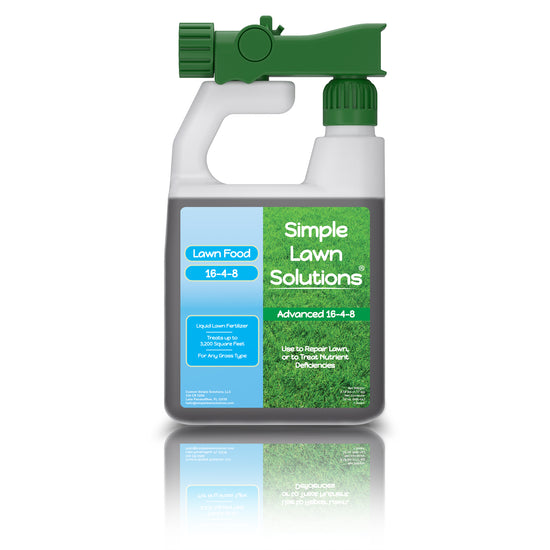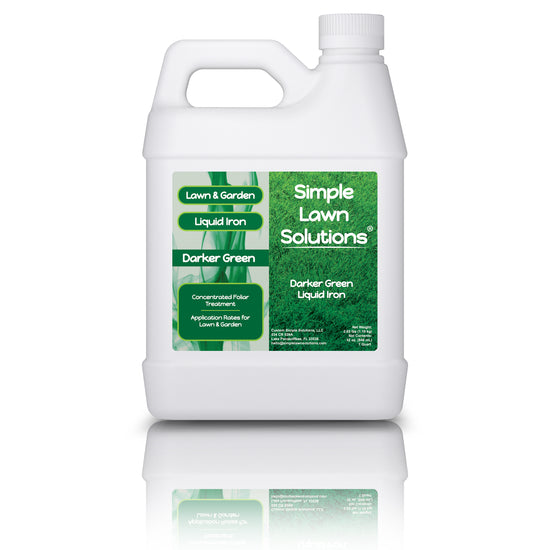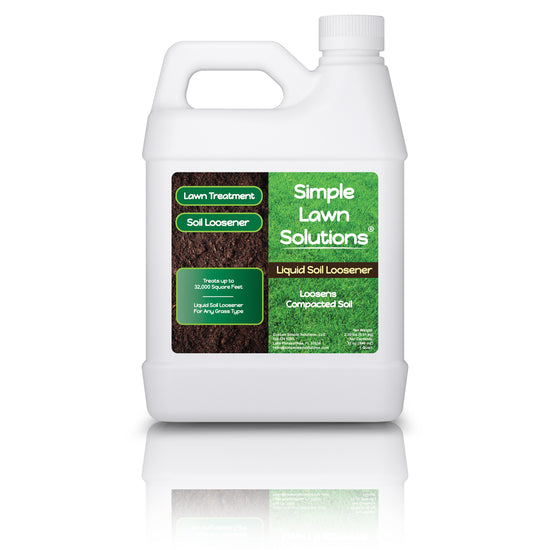Whether you’re an expert at lawn care or are just starting, cultivating a healthy, lush lawn begins with knowing the basics. That means knowing as much as you can about the grass species you have, what lawn care necessities you might need, how and when to fertilize, and everything else in between!
Today, we’ll be looking into St. Augustinegrass and telling you everything you need to know about this warm-season grass species. By the end of this article, you should be well-versed in what sets St. Augustinegrass apart from other grasses and why it’s such a great option whether you’re thinking about what kind of sod to put down or if you’ve bought a house that has St. Augustinegrass in the yard!
What is St. Augustine Grass?
St. Augustine grass originated on the shores of the Atlantic Ocean and got its name from the oldest continuously occupied city in the U.S., St. Augustine, Florida. St. Augustine grass is a popular grass option for those in tropical or subtropical regions around the world.
St. Augustinegrass is a warm-season grass, stoloniferous grass, that lacks tolerance to cold temperatures. As a warm-season grass, St. Augustinegrass grows best in warmer temperatures during the summer months, anywhere from 80-95 degrees Fahrenheit. St. Augustine grass is most common in the southeastern United States, from the gulf coast to California. It's also common in places like the Caribbean and Mediterranean because it’s adapted to a wide variety of soil types, it thrives in coastal areas with sandy soil.
Five Reasons to Love St. Augustinegrass
There are many reasons why St. Augustinegrass is a preferred warm-season grass around the southern United States and the world, so let's explore a few now!
- St. Augustinegrass forms a thick, carpet-like surface, which crowds out weeds and competing grasses
- St. Augustinegrass holds its color during mild drought in its active growing season (spring and summer)
- St. Augustine grass can grow in a wide variety of pH environments from 5.0-8.5
- St. Augustine grass is tolerant of salt, making it a superior grass choice in coastal locations
- There are some areas in the South where St. Augustine grass can and will stay green all year long
Five Lawn Care Tips for St. Augustine Grass
Like any other grass, there are a few ways that you can ensure St. Augustinegrass stays healthy and lush. From the proper mowing schedule to watering and fertilizing, lawn care can feel a little stressful or daunting, but it doesn't have to be! Let's check out a few of our lawn care tips below, specifically for St. Augustinegrass.
- Set up a mowing routine as soon as the grass begins to green up—mow St. Augustinegrass higher in shadier locations.
- Fertilize once about three weeks after the St. Augustine grass begins to green up, in the heat of summer and the fall before the threat of frost comes around again
- To keep your yard healthy, don’t overwater—only water when it needs it and shows outward signs of thirst: a dull, bluish color, rolled or folded leaves, and persistent footprints
- Do not bag your grass clippings. Those clippings provide a lot of great nutrients to grass that is growing, and they decompose quickly
- Chinch bugs and white grubs are the two biggest enemies of St. Augustine grass, so make sure to keep an eye out for signs of either and treat your lawn accordingly. Also look out for the St. Augustine Decline virus, like its name, it will make your lawn SAD
Now that you know more about what makes St. Augustinegrass such an excellent turfgrass for homes, golf courses, and other areas where you might need grass, let’s take a look at another way you can keep your St. Augustinegrass healthy all year long.

How Lawn Aeration Can Make Your Lawn Healthier
Since yards are often a high-traffic area, soil compaction is not unheard of; in fact, it's a pretty common occurrence. How do you remedy that? Lawn aeration.
Lawn aeration is just another thing that you, as a homeowner, must do once in a while to keep your lush, healthy yard in tip-top shape.
What is Lawn Aeration?
Aerating your lawn is a simple process and usually involves poking small holes in the soil to give it room to breathe and move nutrients around. The reason you need to aerate your lawn is because of compacted soil. Compacted soil is your lawn’s worst enemy because it has no room for oxygen and makes root growth more difficult for the plant.
How Do I Aerate My Lawn?
You can aerate your lawn in a few ways. First, you can do it by hand over and over again with a hand-held spike aerator, or you can get a pair of aerator shoes to get the job done in half the time! But remember, the deeper the hole, the more effective the job. However, when it comes to lawn aeration, be careful of damaging irrigation systems by punching holes in the lines.
Making Lawn Care Simple
Here at Simple Lawn Solutions, we take pride in helping you care for your lawn, and whether you're treating specific lawn care issues or need advice for general upkeep like lawn aeration, we hope to make it a more straightforward process for you. Whether you're a homeowner looking for the right lawn care treatments for your yard or if you're in charge of taking care of a commercial property, we have the solutions for you to keep your lawn healthy, lush, and green.










1 comment
Great information! Thanks